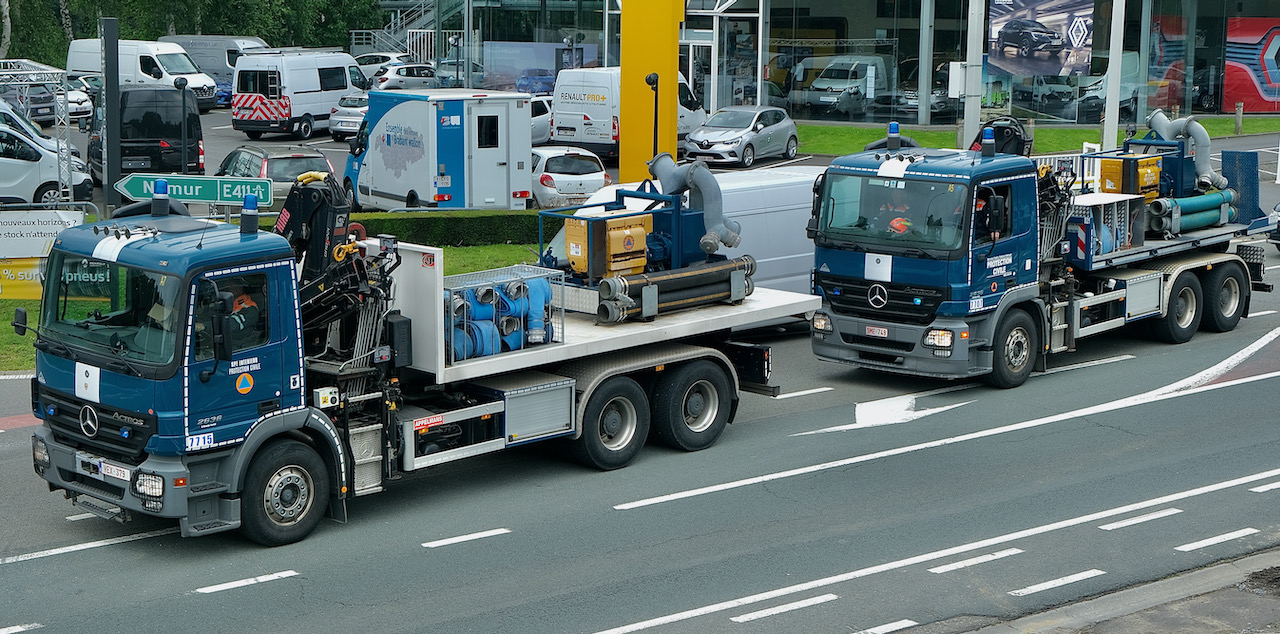Volunteer radio operators to the rescue in Belgian floods
July 2021: Brabant Wallon's Emergency Radio Network volunteers stepped in when the Police building in Wavre, Belgium – including its Tetra antenna and computers – was left completely underwater.
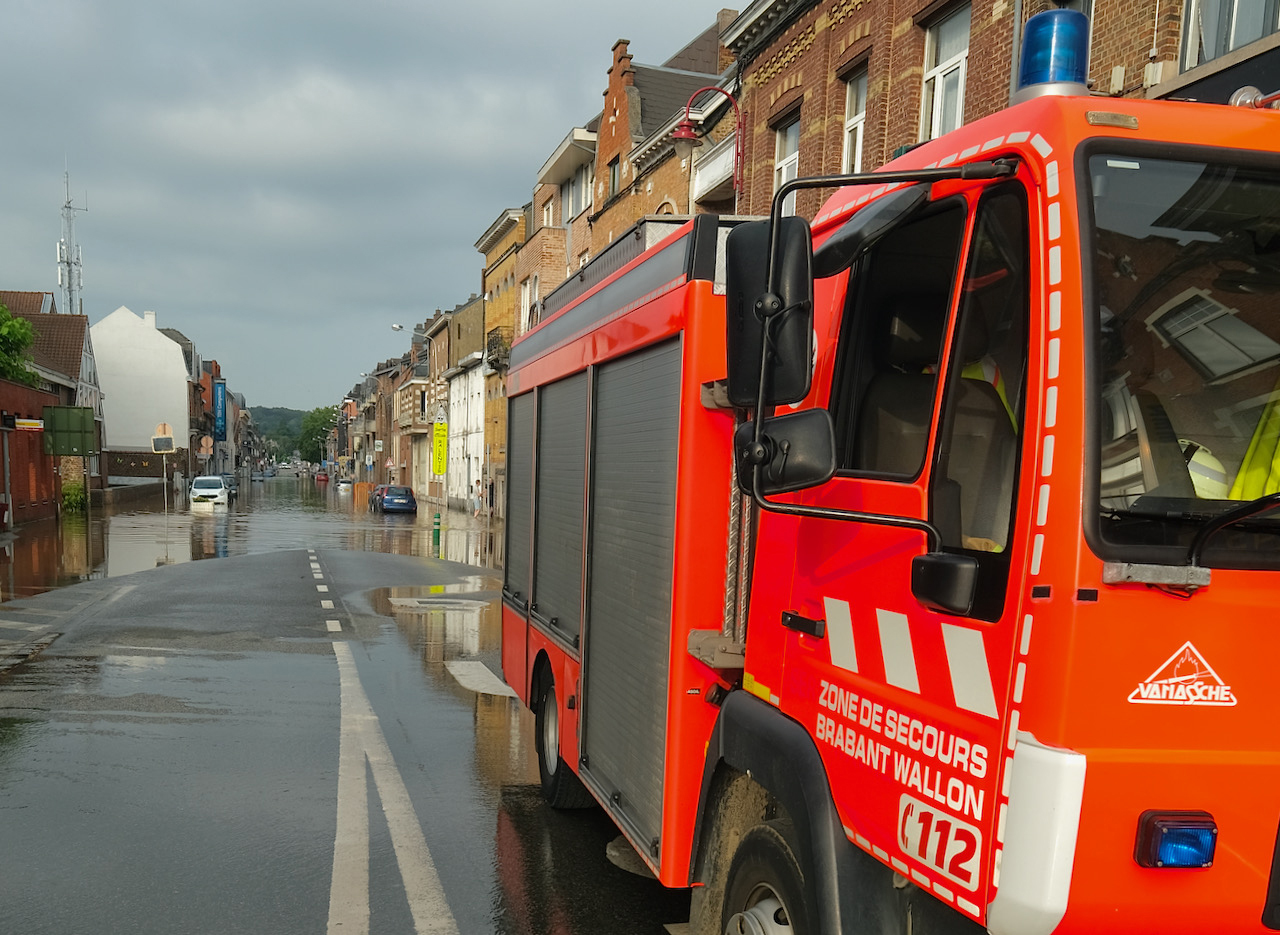
The Police station's Tetra tower - seen in the top left of this image - was under water and emergency services communications were affected (all images courtesy of Marc Lerchs, Information Director, Walloon Brabant Crisis Centre, Belgium)
In December 2015, Emily Hough interviewed Gilles Mahieu, Governor of Brabant Wallon, Philippe Vos De Wael Director of Operations, Walloon Brabant Rescue Zone Fire Service and Marc Lerchs, Information Director, Walloon Brabant Crisis Centre, about a ground-breaking project involving Belgian amateur radio enthusiasts. These volunteers were connecting the whole of society, providing invaluable back-up should major, wide-scale power cuts affect emergency services communications.
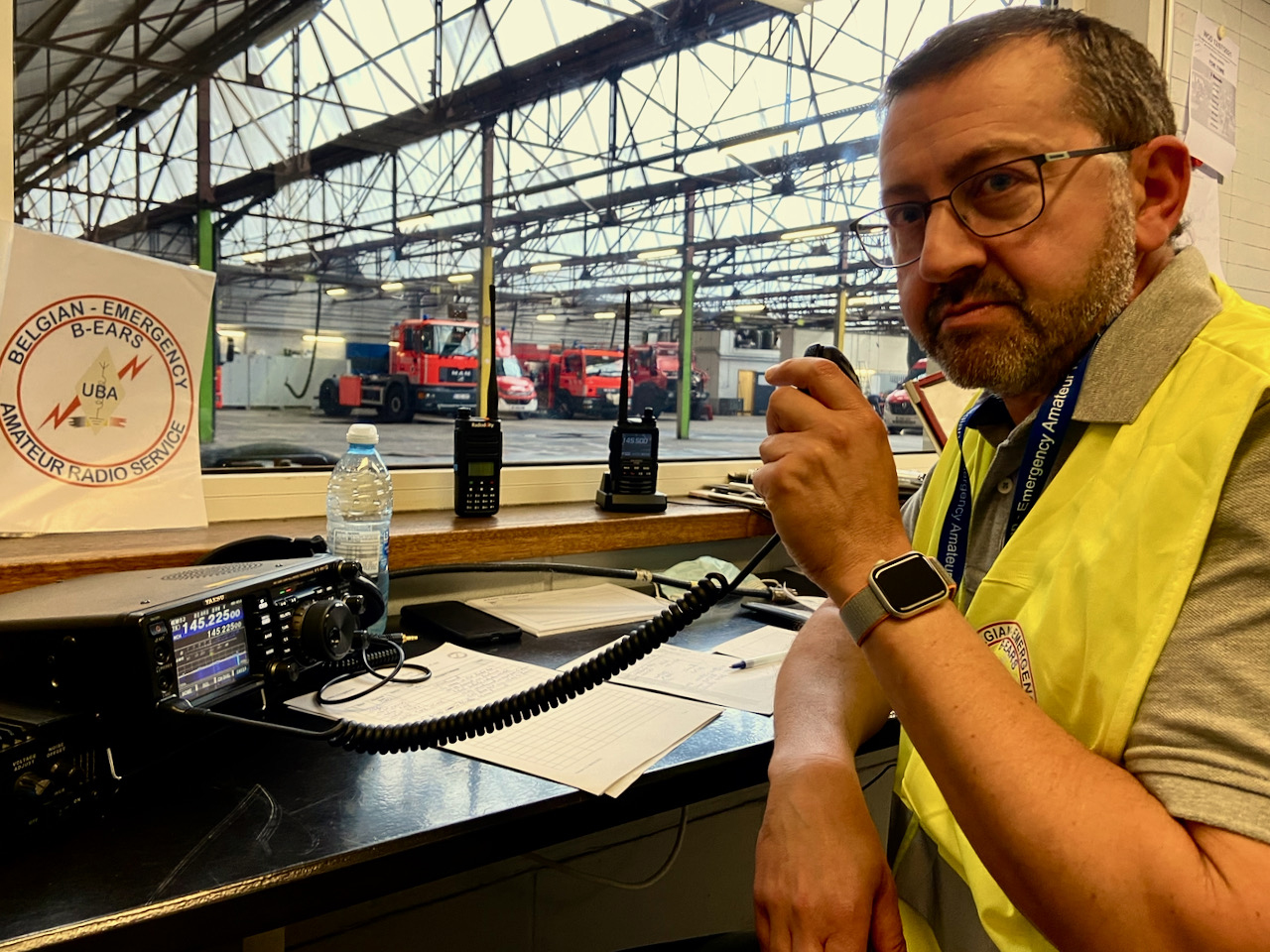
Amateur radio operators were deployed to help emergency responders during the Tetra breakdown
Today, in July 2021, Lerchs describes how early in the morning of July 16, the Police building in Wavre – including its Tetra antenna and computers – was left completely underwater. "This antenna is critical for the Astrid national Tetra system, which is used by firefighters, medics, the police, civil protection, the army and crisis communicators," he tells me. "We also had several local electrical blackouts in Liège, Luxembourg and Brabant Wallon."
Here, the ham radio volunteers came into their own. The emergency number 112 despatch requested their help and about 30 volunteers were deployed in the provinces of Brabant Wallon and Hainaut. They connected fire stations, ambulance stations, hospitals (including medical emergency vehicles), the main command post in Wavre (the Governor's Crisis Centre and Field Multidisciplinary Command Post) and 112 dispatch in Mons.

Floodwaters in Belgium
"Everything worked perfectly, in VHF, without relays, Internet or relying on the official power network," explains Lerchs, "as ham radio operators are self-sufficient and their equipment is battery operated." He adds that all emergency vehicles, including fire, medics and police, have a GSM phone on board and a charger through a cigarette lighter plug.
"Fortunately, the Tetra breakdown only lasted for half an hour and, during this time, the volunteer radio network was able to dispatch emergency vehicles and provide essential communication between emergency centres."
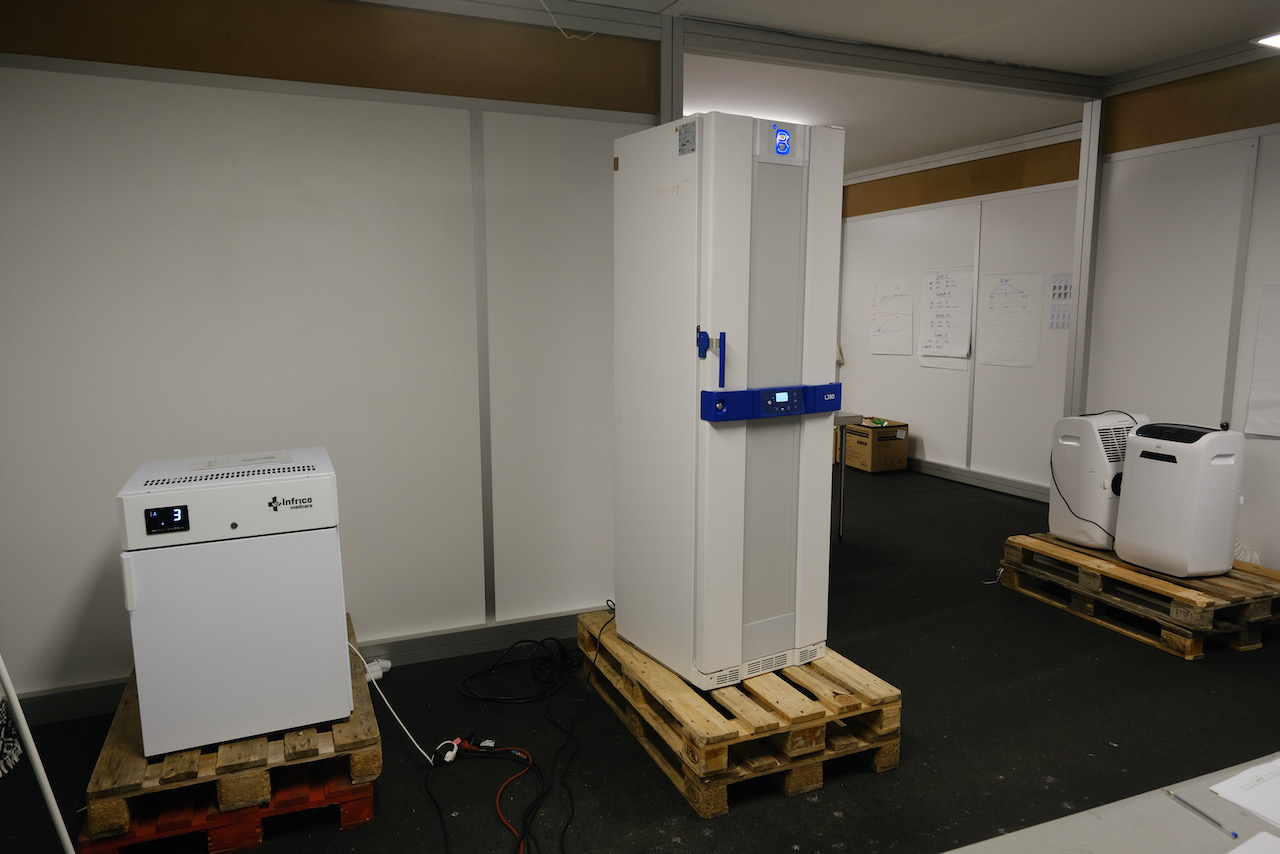
Protecting vital equipment in the vaccination centre, Court St-Etienne
The volunteer network was stopped at 18:00 hours, when everything was fixed.
"This was an excellent exercise for our Brabant Wallon's Emergency Radio Network (created by our Governor Gilles Mahieu in 2015, in association with UBA, Union Belge des Amateurs-émetteurs)," he tells me. Since then, operators have also been deployed in Liège and Luxembourg.
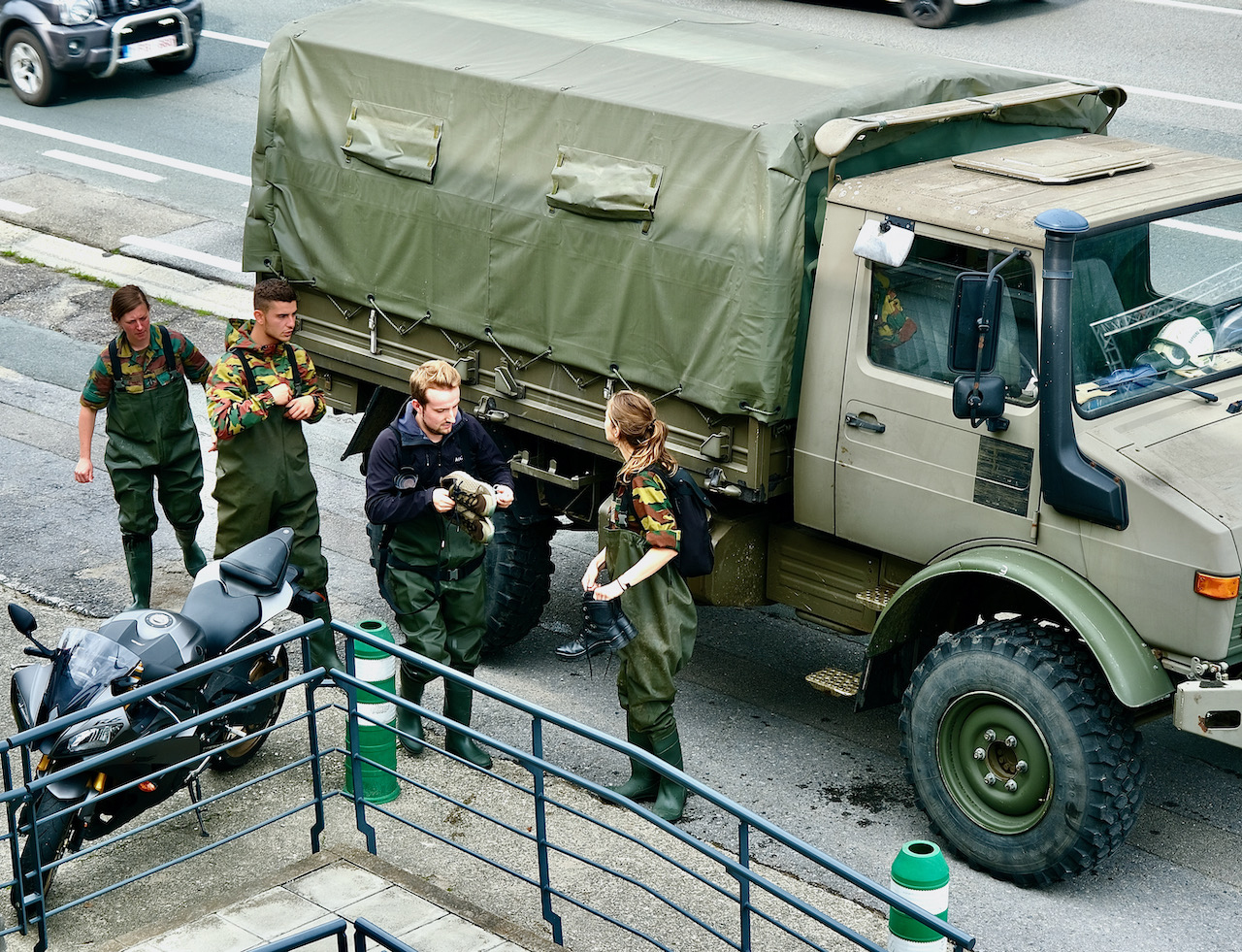
Emily Hough's interview with Mahieu, Vos De Wael and Lerchs is available to subscribers in CRJ 11:2, December 2015

